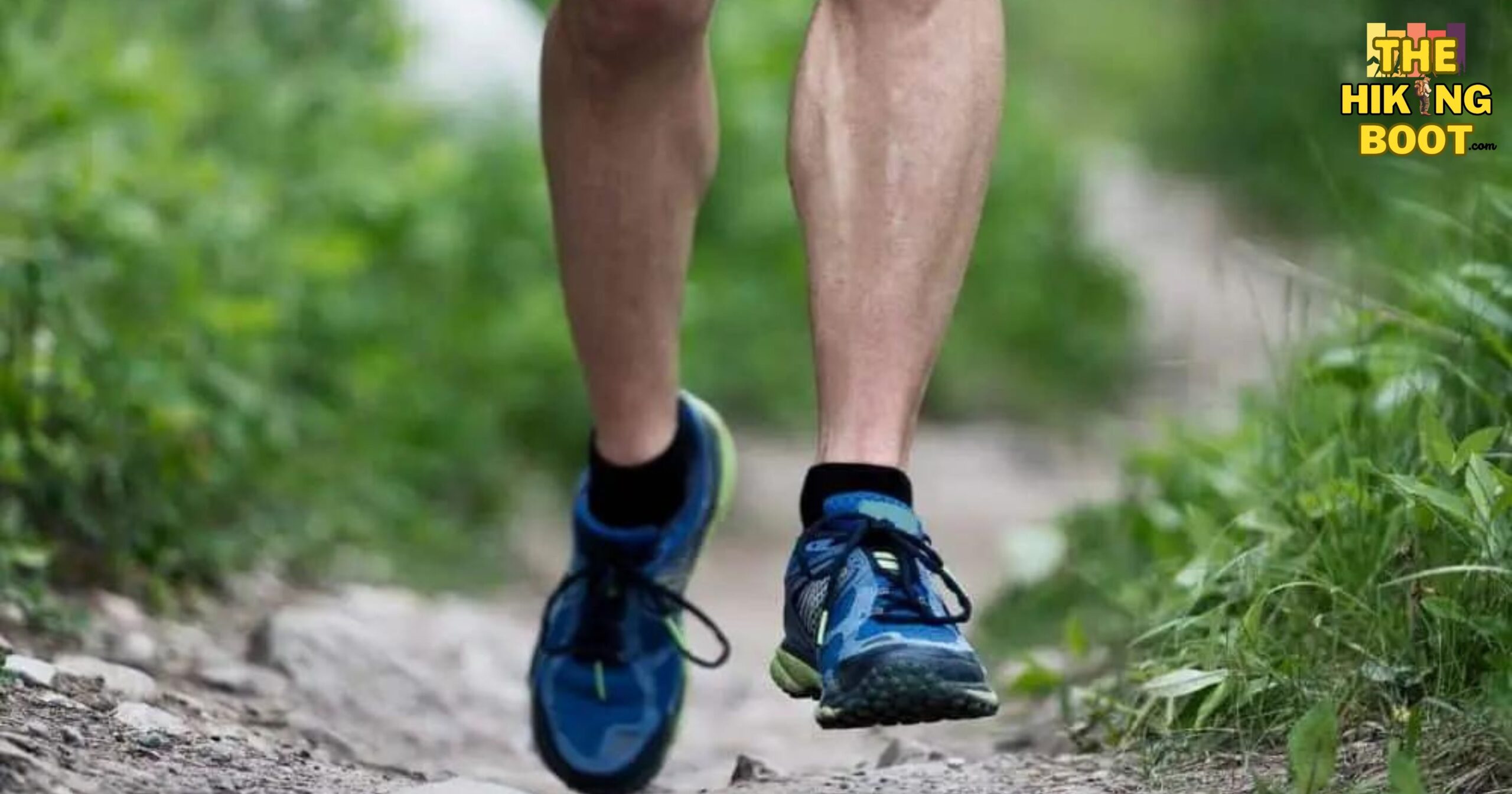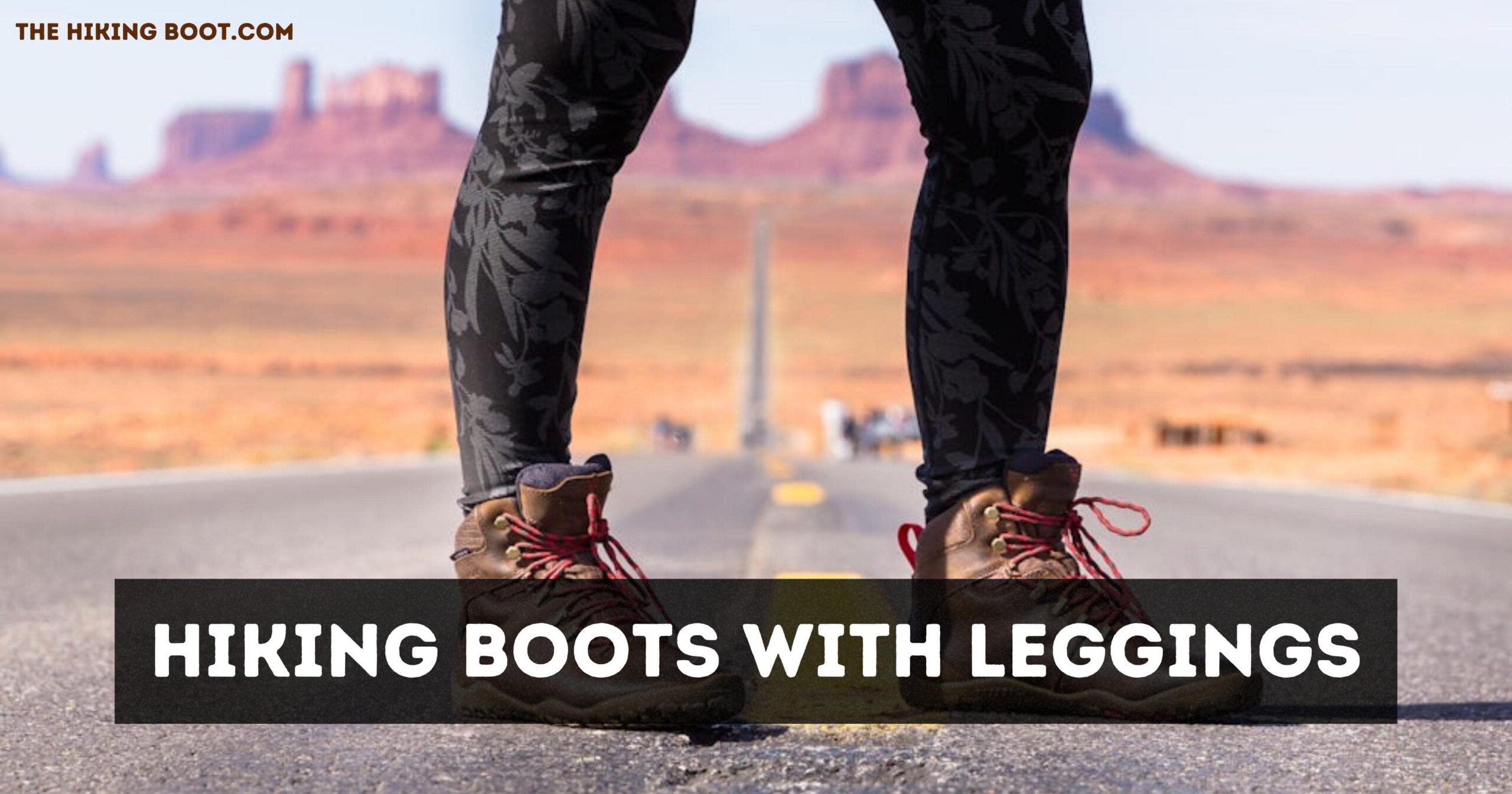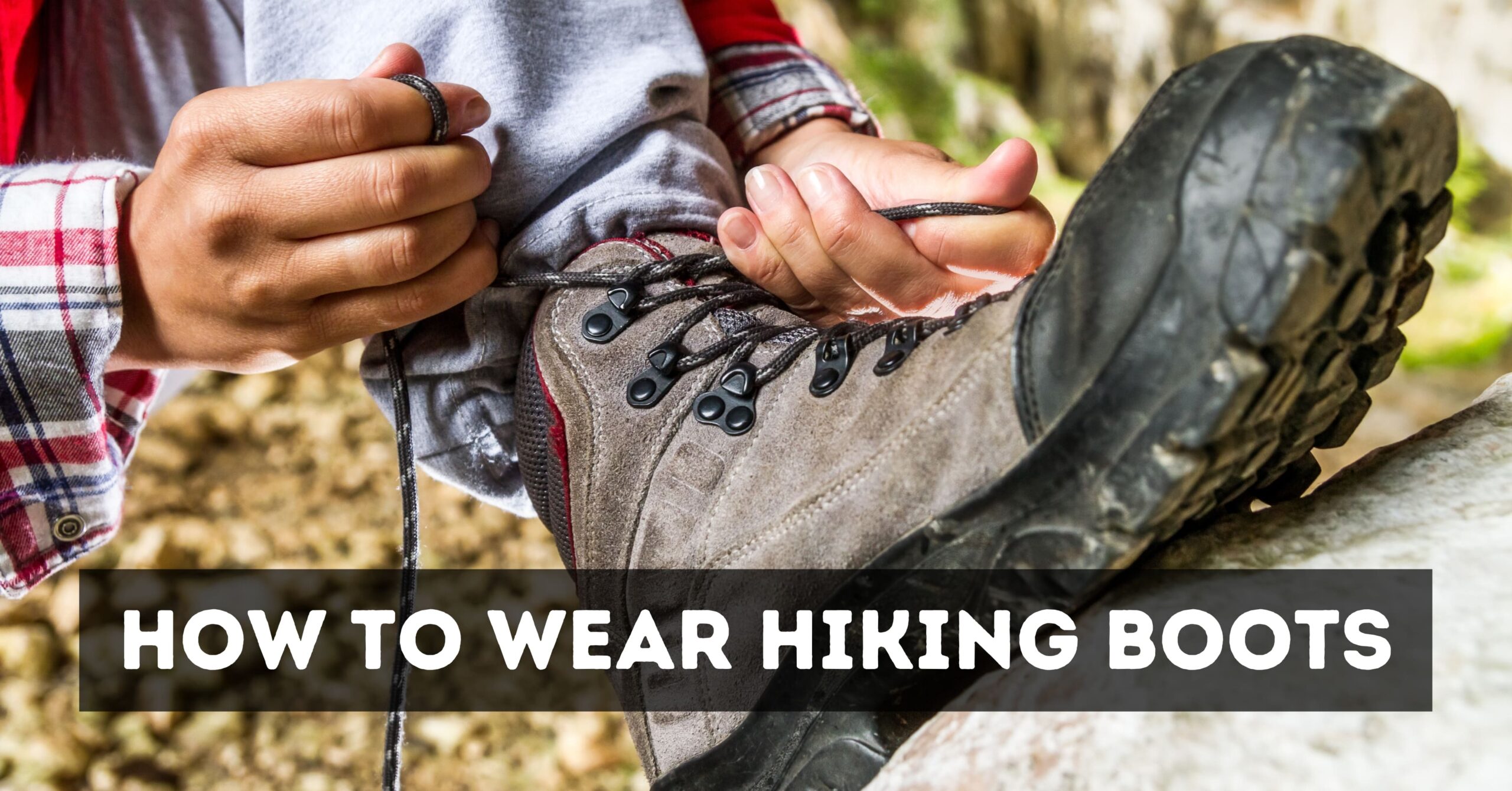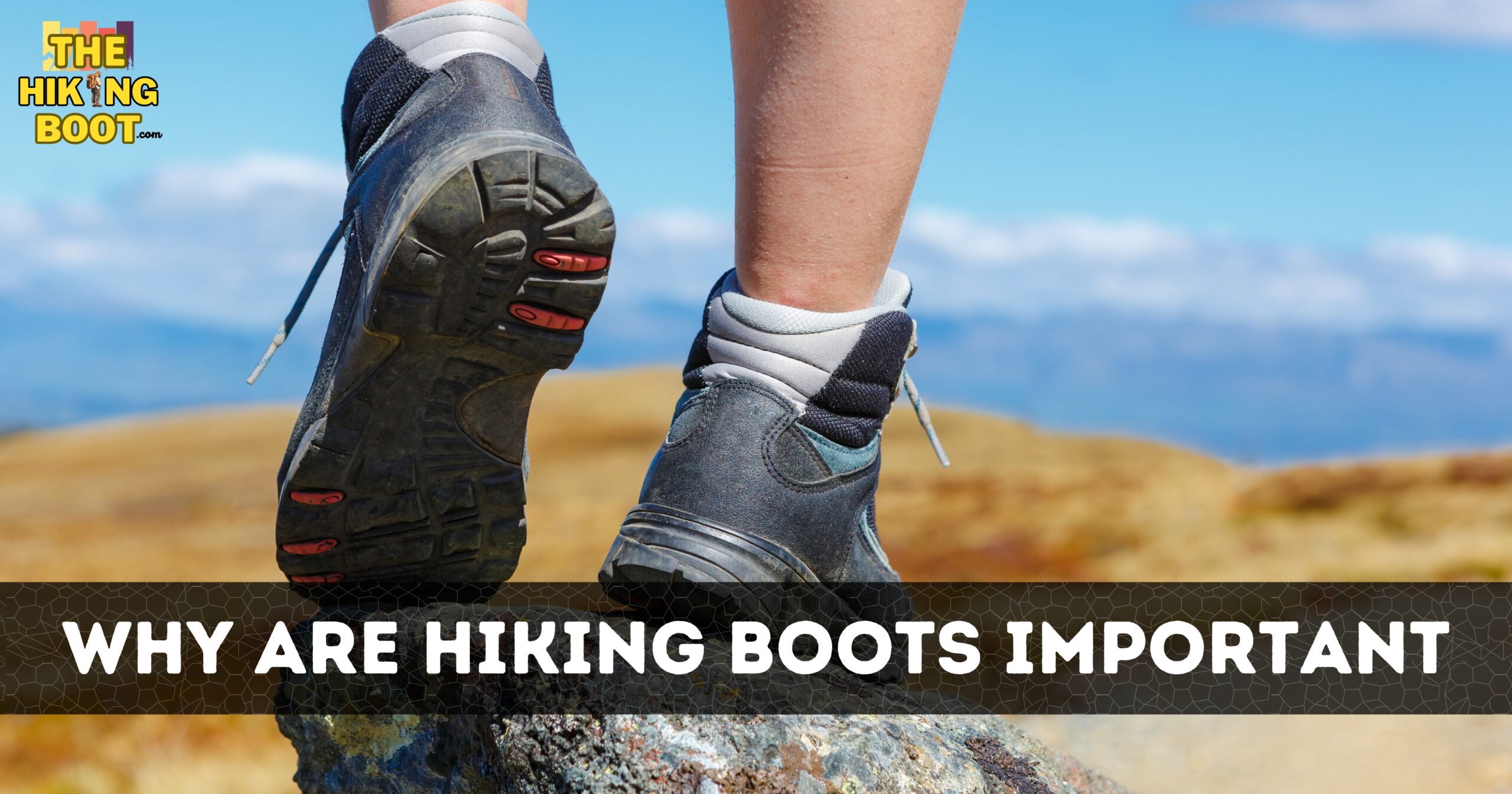Are you worried about what kind of footwear you need when you don’t have hiking shoes?
Well, you’re in luck. Today, we’ll discuss alternative ways of keeping your feet dry and comfortable.
With guidance from our experienced hikers, viable alternatives for those who don’t necessarily own hiking boots can be found without breaking the bank.
We’ll discuss which materials best suit specific trails, giving insight into what clothing will provide the most significant comfort while on rugged hikes.
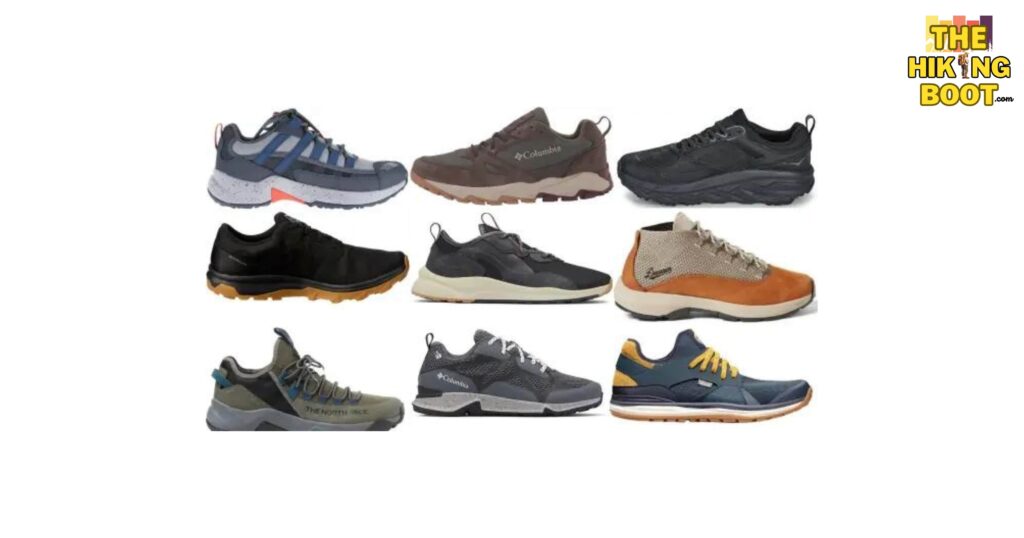
1. Hiking Footwear Alternatives
Importance of proper footwear for hiking
When it comes to hiking, proper footwear is essential.
The right pair of shoes will help prevent blisters and sore feet and provide an excellent grip and stability on rough terrains.
Choosing the wrong shoe can lead to injury or worse, so it’s important to know what kind of shoe works best for the conditions you’ll encounter during your trek.
Alternatives to Hiking Boots
Despite the climate or terrain, several alternatives provide quality performance for hiking without investing in boots.
Trail running shoes can work just as well and often come with more cushioning than regular sneakers, making them comfortable enough to wear on long hikes.
They also have thicker soles, providing more grip when walking up rocky slopes and mountains.
You may consider a pair of high-top shoes or ankle boots for cooler climates, as they offer increased support for your ankles and help keep out the cold.
2. Footwear Options
If you are worried about what to wear if you don’t have hiking shoes, then we have some options to wear.
Sturdy athletic shoes or running shoes
Running shoes offer a great alternative to hiking boots.
They have better traction and ankle support than regular sneakers, making them ideal for long treks.
The thicker soles also provide more cushioning, which helps protect the feet from rough surfaces.
They’re cheaper than traditional hiking boots, so you don’t have to break the bank to get a good pair.
High-top shoes or ankle boots
High-top shoes or ankle boots are the best if you want something more sturdy.
They provide extra support and stability for the ankle during steep climbs.
They come in waterproof and non-waterproof varieties, making them excellent options regardless of your hiking climate.
Trail sandals or hiking sandals
If you’re in a hot climate, then trail sandals are the way to go.
They provide excellent breathability and ventilation for your feet while offering adequate grip and protection from sharp rocks or other debris.
The open-toe design also allows water to drain quickly if you should find yourself crossing a shallow stream at any point during your trek.
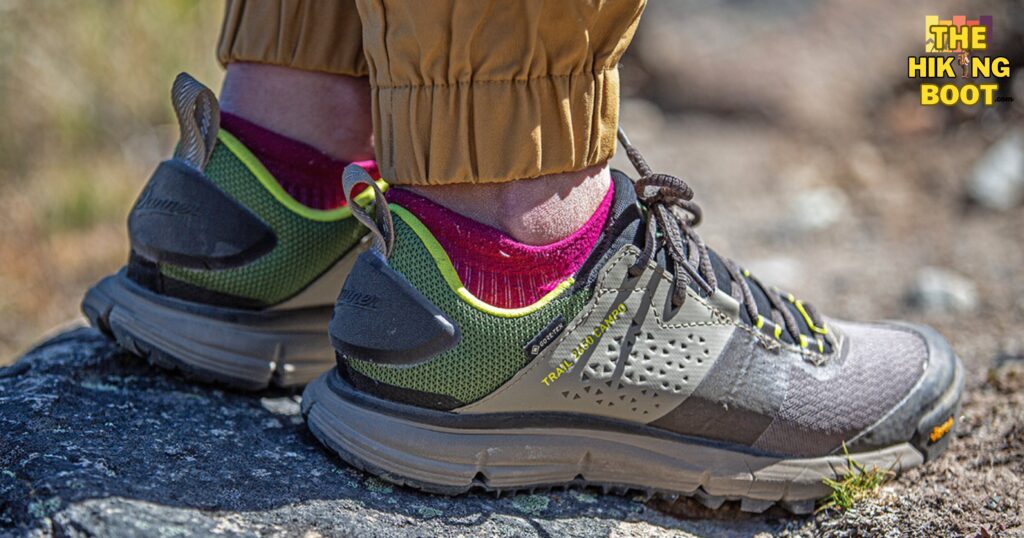
3. Features to look for in Hiking Footwear
When selecting the proper footwear for your upcoming hiking adventure, there are certain features to look out for that will ensure your feet stay comfortable and dry.
It would be best if you considered the following:
- Grip: Look for a shoe with an aggressive tread pattern that can grip wet or slippery surfaces.
- Breathability: Finding a shoe with mesh material that allows your feet to breathe while trekking is essential.
- Waterproofing: Consider purchasing shoes if you know you’ll walk in wet conditions.
- Cushioning: Look for a shoe with ample cushioning for extra comfort and support.
4. Suitable hiking conditions
Now that you know what to look for in hiking footwear, let’s look at some of the best conditions for each type.
- Running shoes: Great for light trails with minimal incline or decline.
- Ankle boots: Perfect for colder climates and steep terrain.
- Trail sandals: An ideal choice if you expect to encounter hot temperatures or shallow streams.
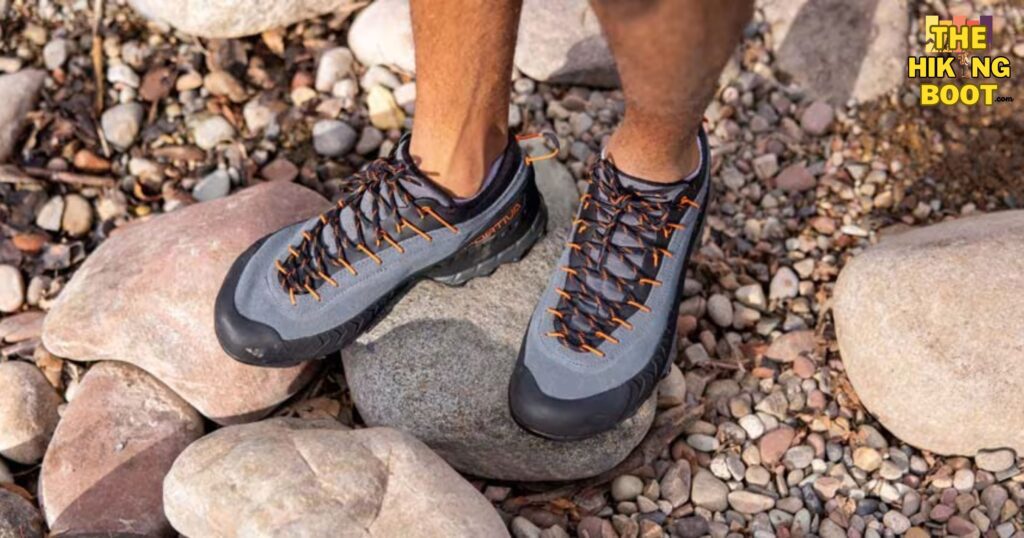
5. Approach shoes
If you are worried about what to wear if you don’t have hiking shoes, then we have approach shoes.
These are a great middle-ground between running shoes and hiking boots.
They provide extra grip for rough trails while offering support and cushioning for long hikes.
The closed-toe design protects your feet from rocks and debris, while the waterproof membrane keeps them dry in wet conditions.
Explaining their purpose
Approach shoes are designed to be versatile and can handle a variety of terrain.
They offer the comfort of running shoes with the support of hiking boots, making them perfect for day hikes or longer treks.
Their sticky rubber soles also provide excellent traction on slippery surfaces, so you don’t have to worry about slipping and falling.
Pros
- Great protection,
- Stability,
- Excellent traction
Cons
- A bit heavier
- Might not be the best choice
Grip and support for light hikes
shoes that offer the proper grip and support.
Running shoes are usually your best bet if you’re just out for a light hike and long walk.
If you plan on tackling more rugged terrain or cold climates, pairing ankle boots or approach shoes may be the better choice.
By selecting the correct type of footwear, you’ll be able to fully enjoy your time outdoors without worrying about injury or discomfort.
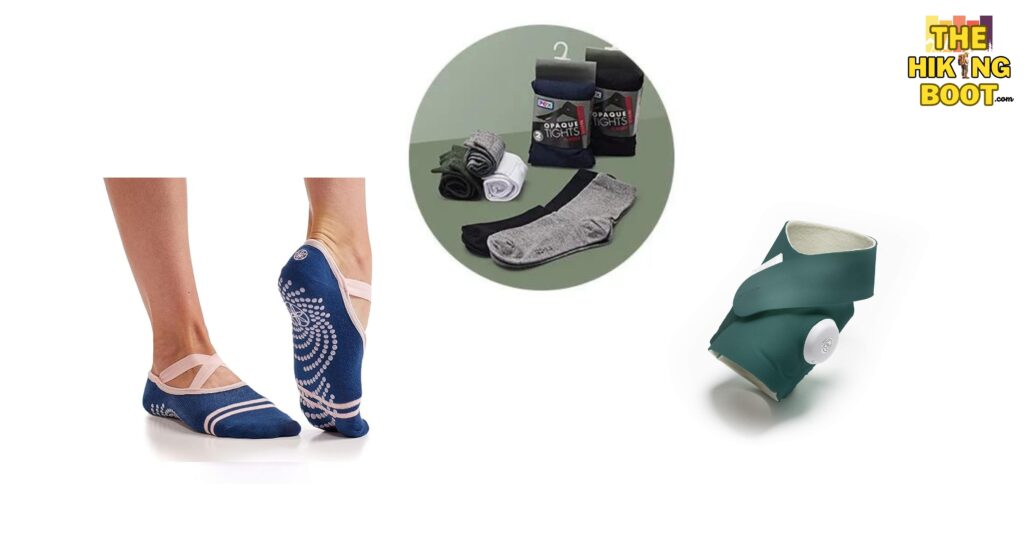
6. Socks and Accessories
Moisture-wicking socks
Moisture-wicking socks are an essential part of any hiker’s wardrobe.
They help keep your feet dry and comfortable by drawing moisture away from your skin.
Look for socks made from synthetic fibers like polyester or nylon, as these materials wick away sweat quickly and effectively.
Cushioning and support
socks are made from merino wool.
This fabric is lightweight yet warm and helps prevent blisters by providing extra cushioning and support for your feet.
Gaiters for added protection
Gaiters are an excellent accessory for those tackling steep or rocky terrain.
They provide an extra layer of protection from the elements and help keep out dirt, stones, and other debris.
They offer warmth and breathability, making them ideal for winter hikes.
Insoles for improved comfort
Insoles can help make your shoes feel more comfortable throughout a long day of hiking.
They provide extra cushioning and support for the feet, helping to reduce fatigue and prevent injury.
They come in different thicknesses, so you can find one that fits your needs perfectly.
7. Choosing appropriate pants and shorts
The right pair of pants or shorts is just as important as the right shoes when enjoying a hike.
Choose pants and shorts with plenty of pockets for storage, such as zip-up cargo pants or breathable running shorts.
Avoid jean material as it can get heavy in wet climates and offer little flexibility when climbing rocky surfaces.
8. Safety Precautions
Being aware of limitations
When hiking, it’s essential to be aware of your physical limitations.
Know how far and how long you can go without tiring yourself out.
Bring plenty of water, snacks, and a first-aid kit for minor accidents or injuries.
It’s also a good idea to let someone know where you’re going and leave a detailed trail map with them in an emergency.
Avoiding challenging terrains
It would help if you also avoided challenging terrains unless you’re an experienced hiker.
Steep inclines or declines can be dangerous and hard to navigate, so it’s best to stick with trails within your skill level.
If you find yourself in a more challenging terrain, take your time and don’t rush.
Carrying a basic first-aid kit
Bringing a basic first aid kit is always a good idea.
This should include bandages, antiseptic wipes, and pain medication for minor injuries.
It’s also a good idea to bring an emergency blanket or flashlight if you are stranded on the trail at night.
Conclusion
Hiking is an enjoyable activity that can be done with the right gear. The most essential pieces of equipment are appropriate footwear, protective clothing, and an excellent first aid kit. It’s important to select comfortable and supportive shoes based on the type of terrain you plan on tackling. Clothing should also protect from the elements while allowing your body to breathe. Finally, a first aid kit should always be on hand in case of minor injuries or accidents. With suitable safety precautions, hiking can be an enjoyable and rewarding experience for all ages.
By following these tips, you can ensure a safe and enjoyable hiking experience. From selecting comfortable shoes to carrying the proper accessories, you’ll be better prepared to tackle any terrain and weather condition.
FAQs
What Type Of Shoes Should I Wear For Hiking?
The best type of shoes to wear for hiking depends on the terrain and weather conditions you plan on encountering.
Generally, running shoes or sandals provide good traction and stability for light hikes, while approach shoes are better suited for more rugged terrains or cold climates.
What Safety Precautions Should I Take When Going On A Hike?
It’s essential to be aware of your physical limitations and know how far and long you can go without tiring yourself out.
Bring plenty of water, snacks, and a first-aid kit for minor accidents or injuries.
You should also avoid challenging terrains unless you’re an experienced hiker, and let someone know where you’re going in case of an emergency.
Is A First-aid Kit Necessary For Hiking?
It’s always a good idea to bring a basic first-aid kit.
This should include bandages, antiseptic wipes, and pain medication for minor injuries.
It’s also a good idea to bring an emergency blanket or flashlight if you are stranded on the trail at night.
